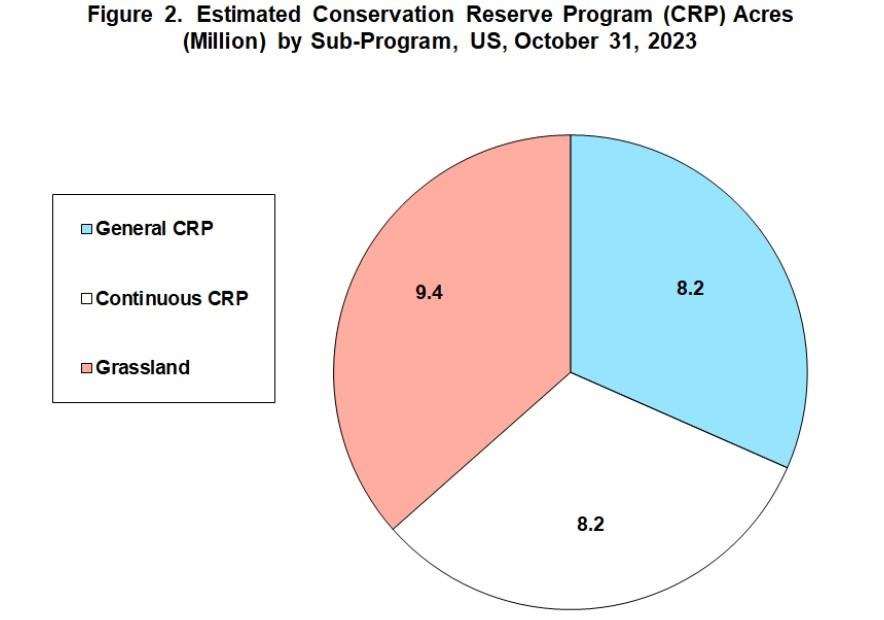Using an accurate food thermometer can help reduce the risk of foodborne illness.

For safety, cook all poultry to an internal temperature of 165 F or higher. (Pixabay photo)

Julie Garden-Robinson, NDSU Extension food and nutrition specialist (NDSU photo)
My first attempt at cooking our Thanksgiving meal bordered on disaster. I was newly married, and I had not flown solo on cooking a holiday meal.
Unfortunately, I didn’t have a large enough pan for the turkey. The turkey was wedged into my roasting pan clutching its breast with its wings.
The turkey appeared golden brown when I hoisted the pan out of the oven. I was feeling successful. When I put the bird on a cutting board, its wings flopped open and revealed a pinkish-white underbelly.
Then I was clutching my heart, and I wanted to fly away. The turkey was done in some parts and still raw in others.
All my hungry guests gathered in the kitchen and looked at me. I suggested going out for dinner.
Instead, I kept the turkey in the shallow pan with sides. We clothed the bird in aluminum foil except for the undone parts. It looked like an early astronaut.
Eventually the turkey was fully cooked, although a bit dry. No one became ill from my cooking. That was a good thing because I was teaching food safety at the time. I also bought a larger pan.
Whether you are cooking a large holiday meal or a meal for one or two, the same food safety principles are involved.
First, think about who will eat the food you make. If you are cooking for older adults or young children, you are preparing food for people who face greater risks of foodborne illness.
Guests with a medical condition, including diabetes, or those receiving cancer treatment or taking certain medications that dampen the immune system, also are more vulnerable to foodborne illness.
The most common causes of foodborne illness in the U.S. are norovirus, salmonella, Clostridium perfringens, campylobacter and Staphylococcus aureus, according to the Centers for Disease Control and Prevention.
Yes, these words are a mouthful. Knowing how to handle food safely can prevent these germs from making us sick. The symptoms can be serious or even deadly.
That undercooked turkey I took out of the oven easily could have been a source of salmonella or campylobacter. The symptoms of salmonellosis (the illness associated with a salmonella infection) include diarrhea (sometimes containing blood), stomach cramps, fever, vomiting, chills and several others.
The symptoms of salmonellosis may show up anywhere from eight to 72 hours after you eat the food. For healthy people, the symptoms may clear up on their own within a couple of days but could lead to lifelong medical issues for others, including reactive arthritis from salmonellosis.
Most foodborne illnesses may be prevented with a few easy steps: clean, separate, cook and chill. Visit www.ndsu.edu/agriculture/extension/publications/fight-bac-fight-foodborne-bacteria for a printable “Fight BAC” brochure.
In the meantime, let’s focus on temperatures recommended by the U.S. Department of Agriculture. Be sure to have an accurate food thermometer available in your kitchen every time you cook.
- For safety, cook all poultry to an internal temperature of 165 F or higher. Measure the temperature in the thickest parts (breast, thigh). Some commercial manufacturers recommend cooking turkey to 180 F for best eating quality.
- Cook roast beef to an internal temperature of 145 F (medium rare) and allowed to stand for three minutes to allow the temperature to equilibrate.
- Reheat leftovers to 165 F. Leftover gravy should be heated to a rolling boil.
Here’s a recipe to enjoy during a chilly early-winter day.
Chili with Beans
1 tablespoon cooking oil (canola, sunflower, etc.)
1 onion, chopped
1 green bell pepper, chopped
2 cloves garlic, chopped
½ pound ground turkey or ground beef (or 1 cup roasted turkey, chopped)
2 tablespoons tomato paste
1 teaspoon ground cumin
2 teaspoons chili powder
1 (28-ounce) can diced tomatoes, undrained
2 (15-ounce) cans kidney beans, rinsed
½ cup water
1 ¼ teaspoons salt (or less to taste)
¼ teaspoon pepper (or to taste)
Optional toppings (sour cream, cilantro)
Heat oil in a large saucepan over medium-high heat. Add onion, bell pepper and garlic. Cook, stirring occasionally, just until vegetables are tender. Add turkey or beef and cook, breaking up with a spoon, until no longer pink. (If using roasted turkey, add at the end.) Stir in tomato paste, cumin and chili pepper. Cook and stir for one minute. Add tomatoes (with liquid), beans, water, 1¼ teaspoons salt and ¼ teaspoon pepper. Bring to a boil. Reduce heat and simmer, stirring occasionally, until slightly thickened, 12 to 15 minutes. Serve with sour cream and cilantro.
Source : ndsu.edu